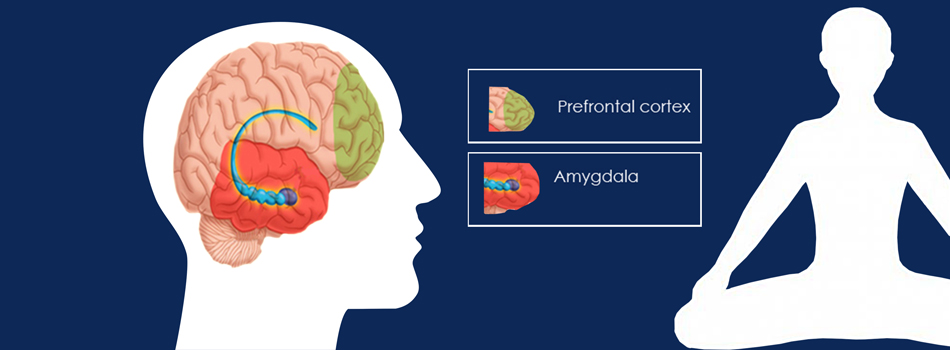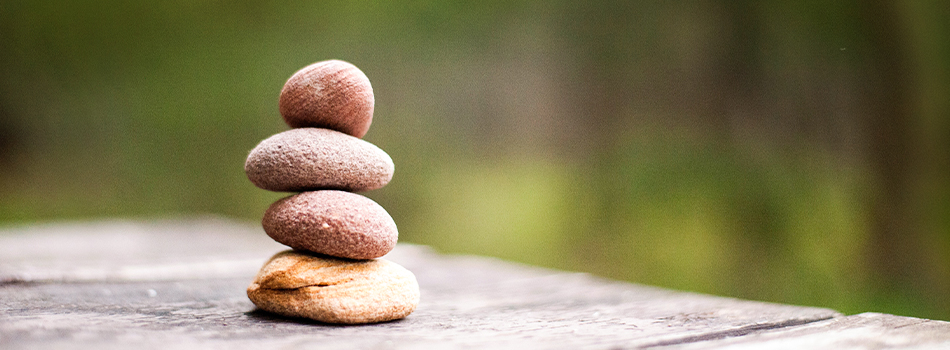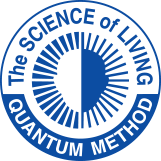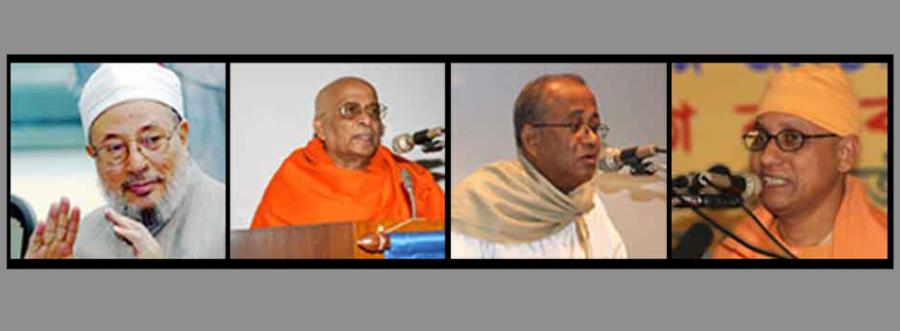
Meditation - in the Light of Major Religions
published : 5 January 2016
The essence of all religious teachings is the same. To free ourselves from our own negative and harmful tendencies and create a life that best promotes the well-being of ourselves and others. They show us the path to purify ourselves through self-assessment and self-realization.
Meditation is and has been a vital part of this self-realization process in every religious tradition. Meditation is a universal practice. It may take different forms in different religious and cultural contexts, but its essence is always the same. Spiritual seekers from all ages and places have practiced meditation as a way to attain self-realization.
Meditation in Hinduism

The Mahabharata, the Vedas, and the Upanishads state that by immersing in deep meditation, one can get in touch with one’s soul. There is a whole chapter dedicated to dhyana yoga (meditation) in the Bhagavad Gita. Since the time of Patanjali, meditation has been incorporated into yoga practice that led up to the level of samadhi or union with the divine.
The Gayatri Mantra, regarded as the mother of all mantras in Vedic Hinduism, has been translated in the following way by Pandit Satyakam Vidyalankar,
Oh Supreme Lord
Thou art ever existent, ever conscious, ever blissful. We meditate on Thy most adorable glory. Mayest Thou guide and inspire our intellect on the path of the highest divinity! May we be able to discriminate between truth and falsehood? (Rig.3.62.10)
Meditation in Buddhism
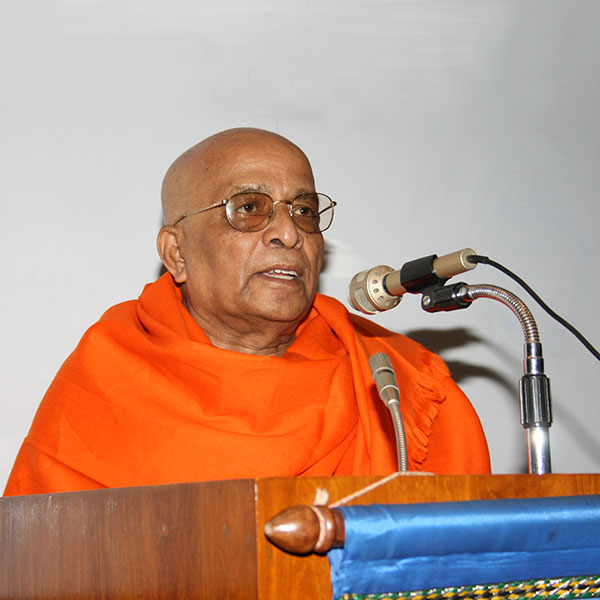
In Buddhism, the path to attaining the ultimate goal, the state of nirvana, is through meditation.
After realizing the Four Noble Truths of suffering, the Buddha suggested two dharma-chakras. In the first chakra, he recommended following the middle path: i.e. finding the balance between extreme self-denial and self-indulgence. The second dharma chakra represents the Noble Eightfold Path, consisting of eight elements: right view, right intention, right speech, right action, right livelihood, right effort, right mindfulness, and right Samadhi (enlightenment). Buddha stressed that concepts can only give directions. To really know the truth one needs to follow the path of meditation.
According to the Buddha, meditation has dual benefits. Firstly, it generates samadhi or mental stillness. Secondly, it brings vipassana, or insight into the true nature of things. Vipassana awakens the consciousness of perception beyond the five senses. As a result, a person transcends their space-time limits and experiences Trikal Darshan.
Thus it is through the path of meditation that Prince Siddhartha became the Buddha, and it is this path that he instructed his disciples to follow to attain nirvana.
Meditation in Christianity

In Jesus’s life, prayer and meditation became one. The source of Jesus’s power was prayer and meditation, which for him was a way to unite with God. About prayer Jesus said, “Whatever you ask for in prayer, believe that you have received it, and it will be yours.
After spending time with devotees-disciples-strangers throughout the day, Jesus would go into solitude in the evening and immerse himself in prayer, forgetting all hunger and tiredness. He urged his followers to do the same. He used to tell them, you have done a lot of work, now meditate. Examine yourself, find out the mistakes, see yourself in your mind’s eye, and change your life.
Many devoted followers of Christ practice Christian meditation, in which a structured attempt is made to get in touch with, and to deliberately reflect upon the revelations of God. The benefit of meditation has been beautifully described by Saint Pio of Pietrelcina, who said: "Through the study of books one seeks God; by meditation one finds Him."
Meditation in Islam

Meditation is regarded as one of the higher forms of worship in Islam. It is mentioned many times in the Holy Qur’an. The word used in this respect is ‘tafakkur’ which means reflection, contemplation, or meditation. In surah Al-Imran, verses 190-91, while describing the characteristics of “the wise”, Allah says “ —they contemplate about the creation of heaven and earth..”
In Surah Al-An'am, verse 50 Allah says, ‘Say, “...Are those blind to the truth equal to those who can see? Will you not then reflect?”’
In Surah Sad, verse 29, ‘˹This is˺ a blessed Book which We have revealed to you ˹O Prophet˺ so that they may contemplate its verses, and people of reason may be mindful.’
In Surah Muhammad, verses 22-23, ‘Now if you ˹hypocrites˺ turn away, perhaps you would then spread corruption throughout the land and sever your ties of kinship! These are the ones whom Allah has condemned, deafening them and blinding their eyes. Do they not then reflect on the Quran? Or are there locks upon their hearts?’
Allama Yusuf al-Qaradawi is one of the most influential recent Islamic scholars. After earning his PhD from Al-Azhar University he served many influential roles, including as a member of the Egyptian Government’s Board of Religious Affairs, and as the head of the European Council for Fatwa and Research. Karjawi has described meditation as one of the highest forms of ibadat.
In the introduction of the book “Contemplation: An Islamic Psycho-Spiritual Study”, by renowned scholar and psychiatrist Professor Maliq Badri; Yousuf Karjawi writes, “The author examines the Islamic injunction to contemplate and judge according to the guidance of honest and calm thought. Indeed, the Qu'ran says: ‘I admonish you on one point: that you stand before God, in pairs or alone, and reflect....’(34:46).”
The importance of meditation is also emphasized in the hadith. Hajrat Ibne Abbas has narrated, “Rasulullah (PBUH) said, ‘An hour of meditation is better than an entire year's worth of nafl ibadat’(voluntary worship).’ ' Hajrat Abu Huraira has narrated, “The Prophet (pbuh) has said, ‘'One hour of your contemplation is better than seventy years of worship '’.
We all know that the Prophet Mohammad (pbuh) meditated in the Hera cave for years. The subjects of his meditations are discussed in revered Islamic scholar, Dr. Tariq Ramadan’s book, “Messenger: The Meanings of the Life of Muhammad”. Here the author writes, “He did not demand of his companions the worship, fasting, and meditation that he exacted of himself.”
This indicates that the Prophet did not wish to impose his arduous lifestyle, i.e., the way he fasted, meditated, and worshiped, upon his followers. He left it up to the followers to choose whether or not to.
Among the hundreds of thousands of practitioners of Quantum Method meditation at home and abroad are followers of all religions. In Quantum, we believe that the core of the religious teachings are the same, even though the rituals and practices have varied according to time, place, and cultural and linguistic factors. The teachings of all major religions are to ensure the right to practice one's own religion and to ensure the right of others to practice theirs.
As an expression of our respect for every religion, and to highlight their commonality, we have published booklets containing teachings from the Qur’an, the Veda, the Bhagavad Gita, the Bible, and the Dhammapada. Alongside Islamic scholars, the heads of the Hindu, Buddhist, and Christian communities in Bangladesh often grace our programs and share their invaluable insights on meditation, religion, and morality.








